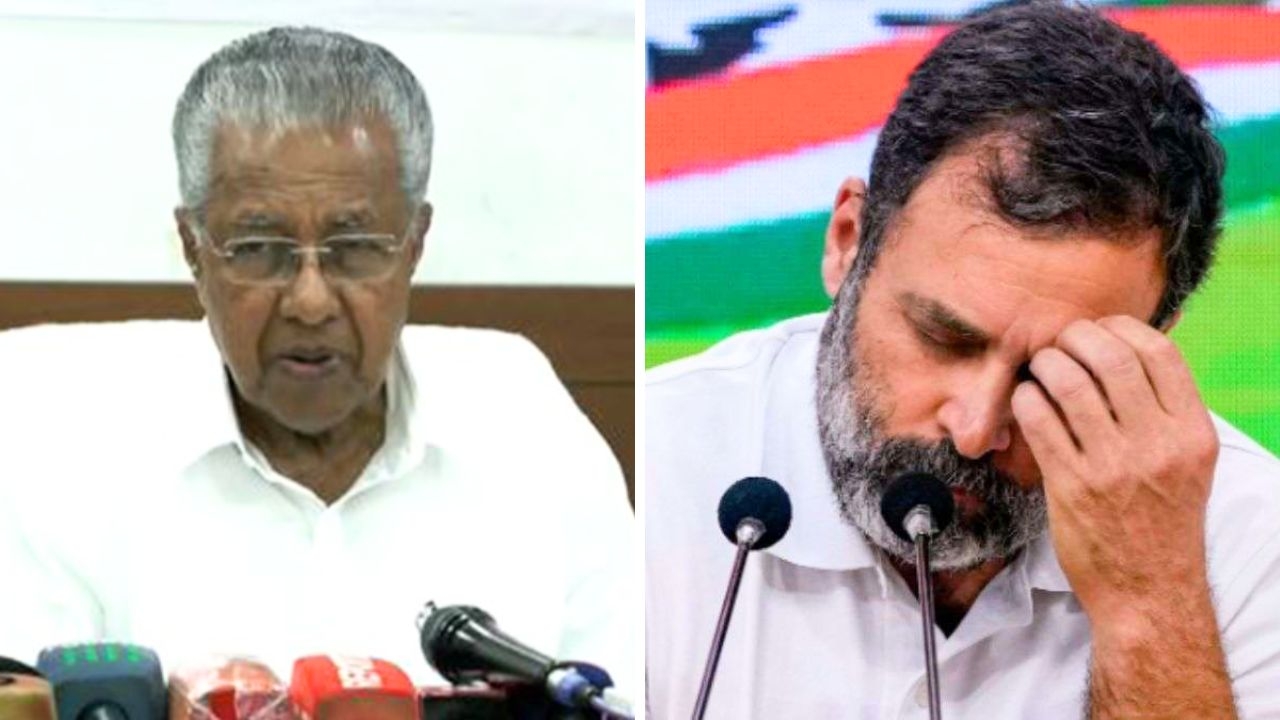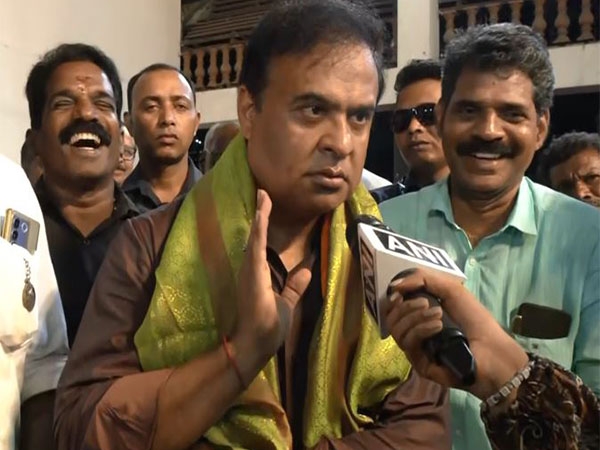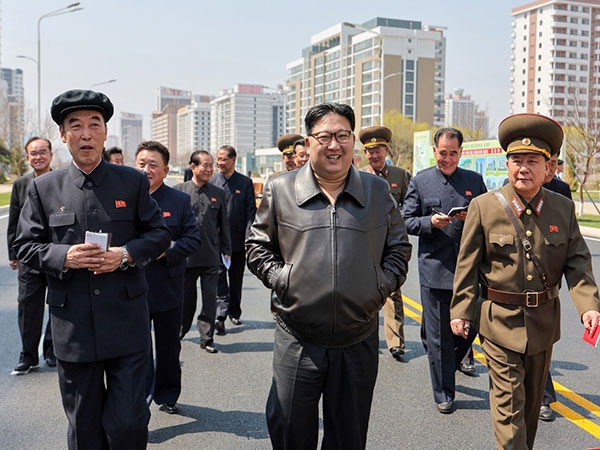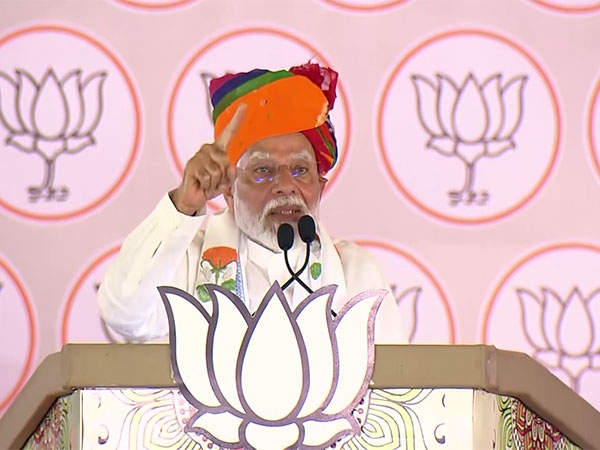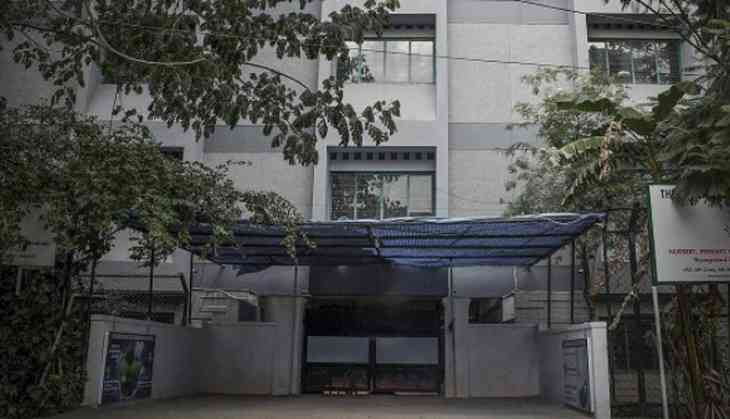
An alarming average of 93 women are sexually assaulted in India everyday. This, per the records of the National Crime Records Bureau.
The Rape in India Project, a collaborative crowdsourced platform that documents locations where sexual assaults have occurred, is a unique way to encourage conversation around social attitudes vis-a-vis gender in India.
The project, which is open to anyone who wants to get involved, began as a collaboration between Delhi-based photographers Poulomi Basu, CJ Clarke and international storytelling platform Global Stories. All one needs to do is click a picture of the spot and send it across.
Catch spoke with founders CJ and Poulomi and the project's managing editor Samyukta, and they explained how it works.
Edited excerpts:
Sexual assault is increasing rapidly in India, how does the project address that?
With this project, we want to initiate a dialogue around the subject of rape and sexual assault and the design and use of social space, and how it may impact on such crimes. We want to take a step back and look at reasons for such crimes and move beyond the traditional media focus on survivors and other individual stories.
The majority of rape cases still go unreported. A stigma is placed on the victim rather than the rapist and she is often shunned by her own family and community. Secondly, our legal system is quite outdated and slow. Cases drag on for years. And, finally, it stems from attempting to preserve a patriarchal society with the ruse of maintaining traditional culture. Boys are preferred, and despite a law to ban selective sex abortions, female foeticide continues to take place.
In terms of visual imagery, it's interesting how the project focuses on sites where rapes/incidents have happened rather than the survivors or the people, what made you decide this?
The banality of the locations where many rapes have taken place is chilling. Perhaps, we are not as safe as we think in such places.
It is close to where we all live in India and this is exactly why we have set up this project, so we can all be a part of something that produces change. The conversation, unfortunately, remains superficial and fixated on victims and their “responsibility” for such incidents.
Introspection about our social attitudes and structures, especially access and design of public spaces, is almost entirely missing, and hence this project.
How do you collaborate with different photographers in order to run the project?
This is a crowdsourcing project that needs to be as open as possible to all people with a camera, not just for photographers. With what and how you take the photos is unimportant.
For example, a photograph taken on a mobile phone is perfectly acceptable. The most important thing is that you take the photograph and show the world the scale of this issue in India.
All the details of how to involved can be found on out blog or by using the hashtags, which can be found on our Instagram feed.
How do you make use of social media and particularly Instagram? Has it been helpful to use such platforms in terms of reaching out to people?
The photographs are shared on Instagram, Facebook and our blog. By sharing it on social media we want to reach a wide audience, and forge audience engagement with this project beyond the photographic community.
Where do you plan on taking the project in the coming years?
As already mentioned, this is a crowdsourced initiative and we are always looking for way to get the public more involved. We try and learn from this involvement and find ways to make it easier and easier for people to engage.
That’s why Instagram is so useful, as you only need to post a picture using the required hashtags and we will be able to see and repost the photos.
As some of the pictures clearly give away the names of the street, building or place, how then do you protect the victim's identity while sharing images of the same?
The stories so far covered by the project are largely those stories for which the pertinent details are already in the public domain. We do not reveal any details which infringe the rights of the survivor, neither do we precisely locate specific addresses as to be pinpoint individual families or otherwise.
If images with stories come with detailed specific information that would allow for easy identification we would exclude these details in the caption, or indeed, may decide that an image could not be used for this reason. Each image is assessed on a case by case basis.
Lastly, since the project is crowdsourced, how do you confirm the veracity of information that is sent to you? Have there been instances when you have received incorrect information?
As mentioned, most of the images feature stories that are covered in multiple press outlets. This allows us to be sure as to the veracity of the cases.
Due dilligence is carried out if we feel that information is incorrect or lacking. But, at present, we have not received any fraudulent information. Furthermore, as a crowdsourced platform, we would welcome and react to any addition information provided to us by the public.
Do you feel the need for more feminist platforms, or work such as yours?
Well, in some sense feminism can be a loaded term. We need to look more broadly – within India, we don’t enjoy a broad spectrum of outlets concerned with different minority or minority rights more generally. And we need more, that is for sure.
For so long, the structures and systems have been skewed against a meaningful engagement of and representation of such communities. Sometimes India can be staggeringly progressive and pluralistic; at other times it can lag far behind other places in the world.
Far too often, women, for instance, have to scream to be heard. This should’t be the case. It is clear that we need more women role models. Seeing such people empowers others to speak out against injustice and patriarchy be it in media, in their community or in their own home.
But it is tough, especially with the nasty side of social media – trolling and other such actions which make women fear for their safety.
We do have some platforms doing great work: Zubaan, Ladies Finger, Blank Noise for instance, and Kafila – which is not out and out feminist, but interesting nonetheless.
With regards to the The Rape in India Project, photography is a means to an end, not an end, in and of, itself. It is a way of using photography as a tool for activism and looking, not just as the subject of rape in isolation, but how it relates to society more generally.
First published: 1 August 2017, 14:12 IST






![BJP's Kapil Mishra recreates Shankar Mahadevan’s ‘Breathless’ song to highlight Delhi pollution [WATCH] BJP's Kapil Mishra recreates Shankar Mahadevan’s ‘Breathless’ song to highlight Delhi pollution [WATCH]](http://images.catchnews.com/upload/2022/11/03/kapil-mishra_240884_300x172.png)

![Anupam Kher shares pictures of his toned body on 67th birthday [MUST SEE] Anupam Kher shares pictures of his toned body on 67th birthday [MUST SEE]](http://images.catchnews.com/upload/2022/03/07/Anupam_kher_231145_300x172.jpg)


